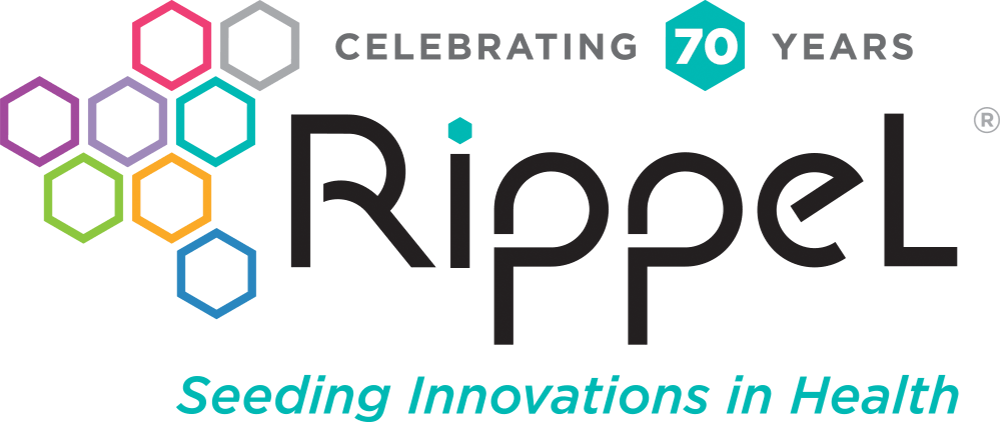The Stew BLOG
Exploring Resident Engagement for Health System Transformation
Part 1 of a 4-part blog series on resident engagement
In August 2017, our colleagues interviewed a group of community engagement leaders from Bon Secours Health System in Baltimore, Maryland, about their efforts to understand why local residents were not coming to the hospital voluntarily—for things like employment opportunities or for elective procedures, despite the availability of great care. We learned from this interview, and many others, that engagement is often something we do to (instead of with) residents, based on our own assumptions. Rarely, do we think about creating the conditions that enable authentic engagement that will truly help us eliminate barriers to health. As one of the Bon Secours interviewees, Ed Gerardo, put it:
What is the Reigning Definition of “Resident Engagement?”
If you enter “community engagement” in Google Books Ngram Viewer this is the graphic that comes up:
(Google Books Ngram Viewer, http://books.google.com/ngrams)
Over the last two decades, the term “community engagement” (as well as resident, patient, and client engagement) has become such an important buzzword that rarely a public health initiative will neglect to explain, in detail, their plans for engaging the “community.” In our work, we often hear regional multisector partnership members proudly report employing a variety of methods of engagement–surveys, focus groups, town hall meetings, design charrettes, and more. In fact, community engagement has become a catch-all phrase that people use it to describe almost any activity that involves residents. Our intention in this blog series is to provide clarity about what is actually meant by the word “engagement,” and invite you to rethink your own practice to truly advance the work of health system transformation.
Let us start with something provocative: in the communities we work with at ReThink Health, people are always maximally engaged. Yes, we will repeat that—residents are maximally engaged. That’s not an attempt to brag. Instead, it’s an attempt to show you how we view engagement. We believe residents are already maximally engaged in managing their lives, parenting their kids, going to work, connecting with their neighbors or friends, and improving their communities. The only activities they are not engaged in are the activities that we, the supposed population health “experts,” want them to do for our organizations and multisector partnerships. We expect ordinary people to set aside what they are already engaged in to use our behavioral change services and smart phone apps, serve on our advisory boards, co-design our public health programs, and give us critical feedback that we need in order to improve our own projects.
When the communities we work with want to use an “engagement” strategy, their real goals are to:
- increase resident awareness of and participation in the services provided by organizations, and
- receive feedback and input from residents to improve services, processes, or policies.
This is how partnerships structure their engagement initiatives, and this is how they measure the success of their work with residents. We help multisector partnerships recognize that their current definition of resident engagement is work they do with the primary focus to advance the partnerships’ immediate priorities.
The main benefit of defining resident engagement this way is that it gives organizations a sense of control over their efforts and lets them choose whether and how to respond to the input received from the communities involved. There is nothing wrong with this approach. As a matter of fact, advocates for population health should try to encourage it and try to improve at doing it, as long as everyone is clear about its limitations—especially in the context of health system transformation.
Learning from Past Success to Redefine “Resident Engagement” for the Future
To understand what kind of resident involvement is actually needed for health system transformation, ReThink Health has been conducting a research and development project called Exploring Resident Engagement for Health System Transformation. To start, we conducted an extensive review of the literature examining the role of ordinary people in shaping big cultural shifts from the past. We wondered: how did resident engagement play (or not play) a role in the anti-smoking or recycling movements, for example?
Looking across the literature, we discovered that the critical moment in various movements’ successes occurred when the lead organizations started creating conditions for large numbers of local residents to act in new and different ways. The organizations did this by aligning the goals of the initiative with people’s self-interests and/or moral imperatives. In essence, in addition to providing services or getting residents input and feedback, they started practicing community activation.
Based on this, ReThink Health has a new hypothesis: if a region’s goal is health system transformation, then multisector partnerships and their individual stakeholders need to learn how to influence and create conditions for residents to act collectively with the purpose of creating health. In essence, partnerships need to learn how to support and develop capacity of local residents to lead some of the transformational efforts. They need to learn how to partner with the community to remove “rats and trash,” even if those goals seem to go beyond the scope of their immediate improvement agenda. For many multisector partnerships, this will require a deep re-examination of how they approach their work with communities and residents. To determine the best ways for partnerships to do this, our team has spent the last several months interviewing more than 50 partnerships and other organizations to explore these two basic questions:
- Why does working with residents really matter for regional health system transformation?
- How can we help partnerships be successful in this domain?
While our analysis of the interviews is still emerging, we are confident in sharing the following conclusions:
Conclusion 1. Current practices can be organized around three major desired outcomes:
- Increasing resident awareness and participation in the services provided by organizations
- Getting feedback and input from residents to improve services, processes, or policies
- Supporting active resident leadership (community activation) by creating conditions for large groups of residents to lead and be involved in transformational efforts
Conclusion 2. We have observed a set of identifiable practices common to each of the three outcomes. These include methods of encouraging turnout, surveys, focus groups, holding community meetings for shared decision making, and more. The most mature resident engagement efforts adopt a portfolio of these practices, not just one.
Conclusion 3. Affirming the conclusion from our literature review, interviewees said that their most transformational efforts were marked by moments when a multisector partnership or other organization used its organizational agility to significantly shift its strategy toward community activation. These moments were often associated with a moral urgency (e.g., a series of violent crimes or a water pollution crisis) or an existential threat within the organization that caused a cultural shift to act in increasingly symbiotic ways with the community. This shift is pervasive throughout the organization, including the board and the C-suite, where we noted several examples of a growing appreciation for community activation practices.
In our next post will get more into the details about the different practices for involving residents, and our emerging analysis of them. Then, in a third post, we will describe the conditions that residents should experience if the goal is health system transformation. The fourth blog will conclude with a discussion of why community activation is critical for health system transformation.
For now, we invite you to consider the following questions as you reflect on your current resident engagement initiatives, and share your answers in the comments section below.
- What are are you interested in accomplishing by engaging residents?
- Do your practices reflect those goals?
- How much are you willing to do things differently within your organization as a result of what you learn through the process of engagement?

